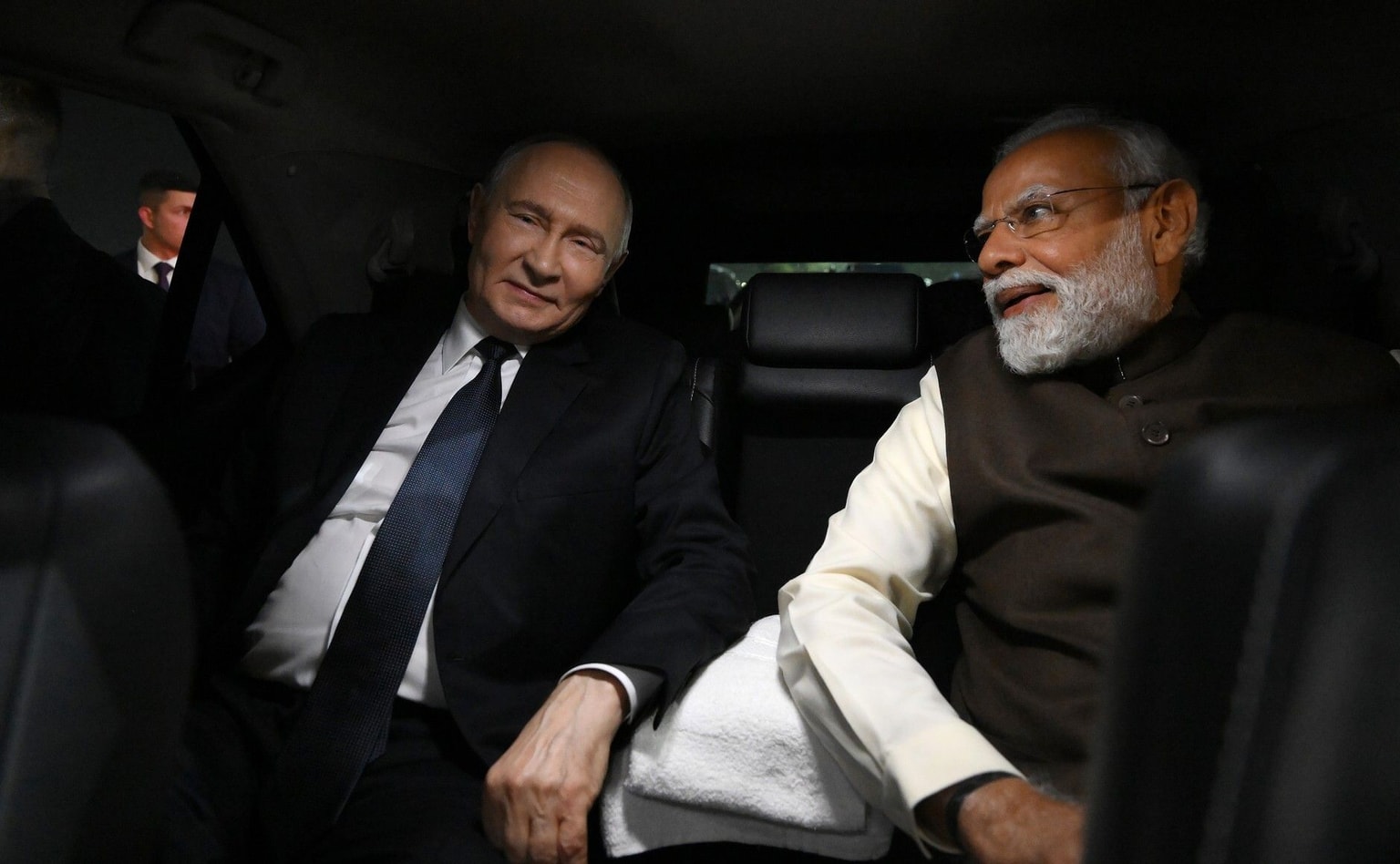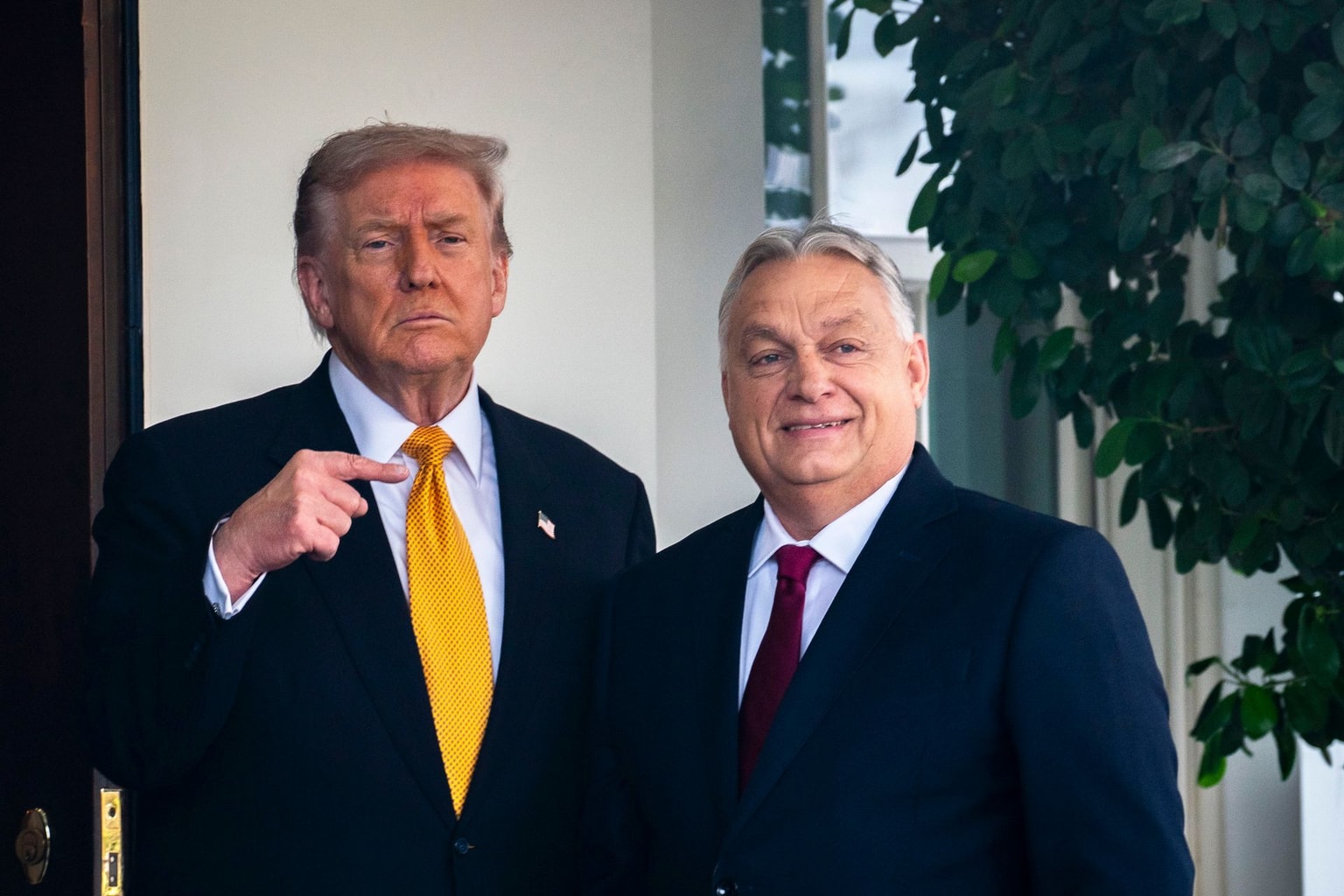The Holodomor, meaning “murder by starvation” in Ukrainian, is widely recognized as one of the most devastating tragedies in Ukraine’s history. (Daria Filipova)
Editor’s Note: This article contains graphic photos and descriptions.
The Holodomor, which means “murder by starvation” in Ukrainian, is widely considered to be one of Ukraine’s most devastating national tragedies.
A man-made famine brought on by the agricultural collectivization policies and actions of the Soviet authorities under the command of Joseph Stalin, the Holodomor claimed the lives of millions of Ukrainians in just one year between 1932-33, decimating Ukraine’s agricultural life.
During the famine and for decades after, Soviet authorities, along with Western sympathizers, attempted to cover up the truth about what had happened. While a few reports made their way to the West starting in the 1930s, it was only in the 1980s, with the appearance of two key reports by American and international commissions on the famine, that the wider public learned of the tragedy that had occurred 50 years prior.
Collectivization policies also caused famines in other parts of the Soviet Union, including the Kuban region of the Russian Soviet Federative Socialist Republic and Kazakhstan.
Since the start of Russia’s full-scale invasion, more and more countries have come to officially recognize the Holodomor in Ukraine as genocide. To date, more than 30 countries and international organizations have recognized the famine as genocide against the Ukrainian people.
What caused the Holodomor?
The famine in Ukraine was the result of a combination of factors, including agricultural collectivization, grain procurement policies, restrictions on movement, and the suppression of information. These circumstances were further exacerbated by a series of droughts.
Agricultural collectivization aimed to consolidate individual farms into collective farms, known as kolkhozes. Under this policy, farmers in Ukraine were required to pool their land, livestock, and labor in order to work collectively on agricultural production.
Wealthier peasants who owned more land and resources were labeled as kulaks (which translates to “fist” in Russian), or kurkuls, which means someone “dangerous, frightening” in Ukrainian, by the Soviet authorities. The terms were used to vilify farmers.
The Soviet Union aimed to eliminate these farmers through "dekulakization," a series of policies that involved evicting them and their families from their homes, and seizing their land, livestock, property, and surplus grain. As a result, more than 1 million people are estimated to have been “dekulakized.” Thousands were forcefully deported from their homes, with many dying during transit, and others perishing after ending up in prisons or concentration camps.
Despite lower grain production caused by collectivization policies, the Soviet state imposed unreasonably high quotas on farmers in 1932. The impossibly high quotas meant that grain which would normally be eaten by the farmers themselves, was confiscated by Soviet authorities. As a result, millions, mostly rural Ukrainians, went hungry.
The "Law of Five Spikelets" was enacted in August 1932, imposing severe penalties (imprisonment or execution) on individuals, including children, who were found taking even a few stalks of grain from collective fields.
By early 1933, approximately 54,645 people were prosecuted, resulting in the execution of around 2,000 individuals, according to the Holodomor Research and Education Consortium.
Restrictions on movement also contributed to the high number of starvation-related deaths. The Soviet Union issued a resolution in January 1933 that forbade the starving population from leaving, with military units stationed along the border to prevent Ukrainians from purchasing goods outside of Ukraine.
This restriction only applied to the Ukrainian Soviet Socialist Republic and Russia’s southern Kuban region – an area where ethnic Ukrainians lived – intensifying the suffering of the affected population.
The Soviet government's deliberate suppression of information regarding the famine contributed to an environment conducive to widespread death and starvation. Moscow refused to accept or acknowledge offers of foreign aid, denouncing those who offered assistance.
The authorities actually exported Ukraine's grain and other food items to foreign nations in order to generate revenue for the new Soviet state.
Why did the Holodomor happen?
Ukraine's reputation as the "breadbasket of Europe" is due to its fertile soil, favorable climate, abundant resources, and rich agricultural tradition. It has consistently been a major grain producer and exporter worldwide.
Stalin targeted Ukraine's grain during the Holodomor for political and economic reasons. Grain procurement policies sent confiscated grain to support urban populations, export for profit, and build up grain reserves.
The Soviet Union also needed Ukraine's grain for export to generate revenue for industrial projects, supporting its ambitious plans for industrialization. Seizing Ukraine's grain allowed Stalin to control the agricultural sector and redistribute resources.
Beyond economic ambitions, seizing Ukraine's grain also allowed the Soviet Union to assert control over the Ukrainian people, suppress Ukrainian nationalism, and justify imposing punitive measures. Stalin saw Ukraine’s resistance to collectivization and growing nationalism as a threat and aimed to subjugate the population and solidify Soviet control with his policies.
In 1932, the Soviet state extracted 4.27 million tons of grain from Ukraine, a quantity sufficient to sustain 12 million people for a year, according to Soviet records.
Grain reserves in the Soviet Union were also plentiful by January 1933 – enough to feed well over 10 million people – but they did not give any grain back to help Ukrainians. Additionally, international humanitarian efforts were made to provide relief to famine-stricken regions in Ukraine. However, Soviet authorities deliberately withheld famine relief efforts.
What was the Holodomor like for the victims?
During the Holodomor, Soviet authorities censored information and restricted access to foreign journalists, hindering awareness and limiting documentation of first-hand accounts.
However, journalists like Gareth Jones, whose experience is the basis for the 2019 film “Mr. Jones,” risked their lives to expose the truth. Jones, a Welshman, documented accounts of extreme starvation:
“I flung a crust of bread which I had been eating from my own supply into a spittoon. A peasant fellow-passenger fished it out and ravenously ate it. I threw an orange peel into the spittoon and the peasant again grabbed it and devoured it… The peasants were eating the cattle fodder and had only a month’s supply left.”

The findings of the 1988 United States Commission on the Ukraine Famine also unveil previously undisclosed details, including records of interviews, hearings, and testimonies of experiences during the famine.
According to the testimonies, members of the clergy and leading classes in many villages were arrested and tortured by Soviet authorities. Books were also confiscated, and people were dispossessed of their properties and often exiled to labor camps in places like Siberia.
During grain confiscation raids, every crevice of people’s homes was searched. Even small handfuls of flour hidden in beds were confiscated, and any attempts at concealment were punishable.
Testimonies reveal evidence of extreme hardships endured by starving Ukrainians. In order to survive, villagers resorted to consuming anything they could find: grass, acorns, and even household pets. Some testimonies included evidence of acts of cannibalism.
In some instances, starving children were insidiously weaponized by being bribed with food to betray their parents' hiding places. In one testimony, a woman who was driven to despair after having been stripped of all of her possessions, resorted to taking her own life.
As part of the 1988 U.S. Commission on the Ukraine Famine, during an investigation that was conducted in Phoenix, Arizona, a witness named Nadia Harmash was asked, “Why people didn’t rise in revolt against their tormentors.” Mrs. Harmash replied, “How can you rise when you’re dying of hunger?”
How many people died in the Holodomor?
Estimates vary, but most range from 3-7 million deaths, while others suggest higher numbers. Because of the suppression of information, limited available records, and the political nature of the event, the death toll of the Holodomor in Ukraine is a subject of debate among many historians.
According to a 2015 study conducted by demographers from the Ukrainian Institute of Demographic and Social Studies and the University of North Carolina-Chapel Hill, around 3.9 million Ukrainians were killed during the Holodomor.
The study also revealed that during the peak of the Holodomor, in June 1933, Ukrainians were dying at a staggering rate of 28,000 per day.

How is the Holodomor recognized internationally?
The Ukrainian government has called on the international community to recognize the Holodomor as a genocide. The U.S. officially recognized the Holodomor as genocide in 2018.
Romania, Moldova, Germany, and Ireland recognized the famine as genocide in November 2022. The following month, the European Parliament adopted a resolution that recognized the Holodomor as a genocide.
A number of countries officially recognized the Holodomor as genocide in 2023, including the U.K., France, Iceland, Belgium, and the Netherlands.
The Parliamentary Assembly of the Council of Europe (PACE) adopted a resolution in October 2023 that recognized the Holodomor as a genocide of the Ukrainian people and called on all member states to follow suit.
The Holodomor is commemorated through memorials and events worldwide. In Washington, D.C., the Holodomor Memorial features a bronze sculpture depicting a wheat field and a memorial wall with affected village names.
Canada, with its significant Ukrainian diaspora, has various memorials honoring the Holodomor, with Edmonton’s Holodomor Genocide Memorial Complex being the first national memorial outside of Ukraine dedicated to the Holodomor.
Kyiv’s National Museum "Holodomor Victims Memorial" showcases exhibitions and artifacts related to the famine. Every fourth Saturday in November, Ukrainians commemorate the Holodomor victims by lighting candles at memorials and on their windowsills.






















